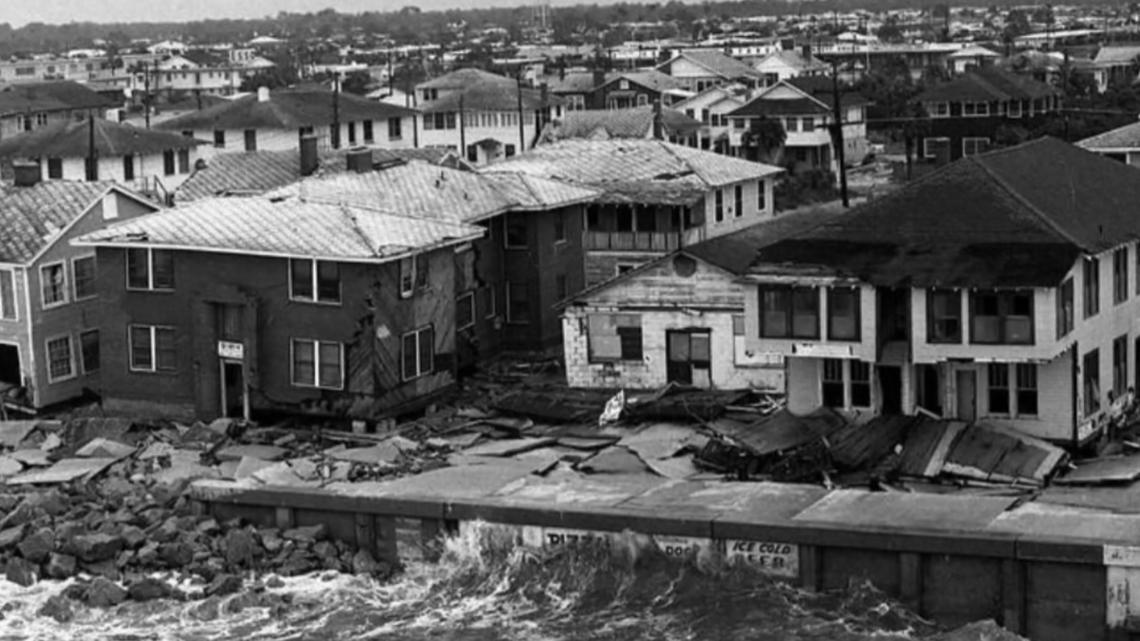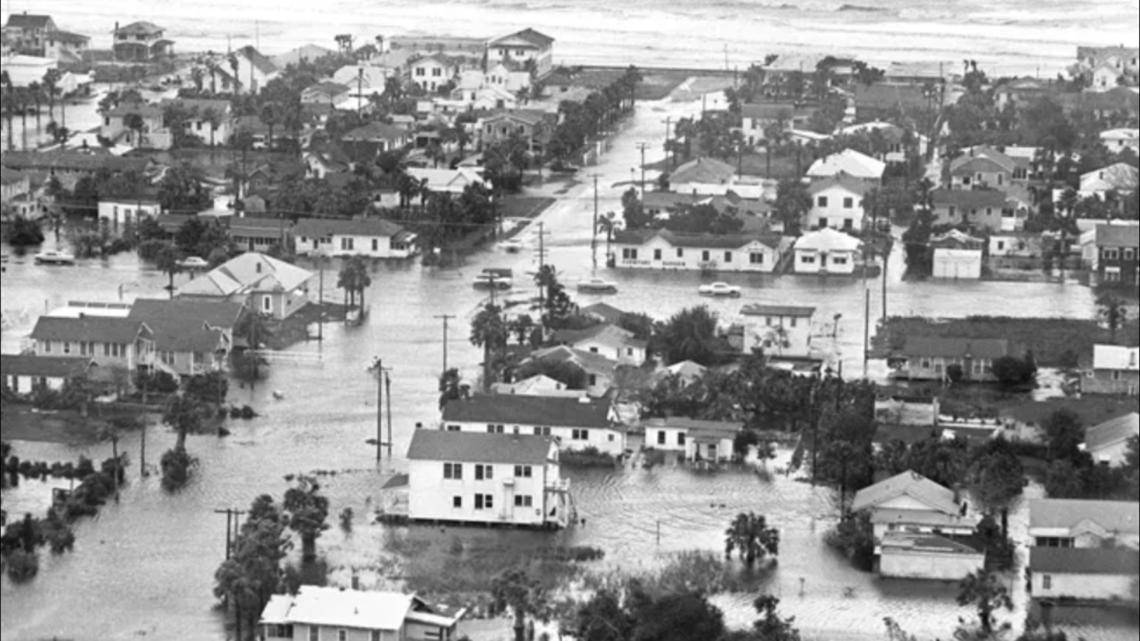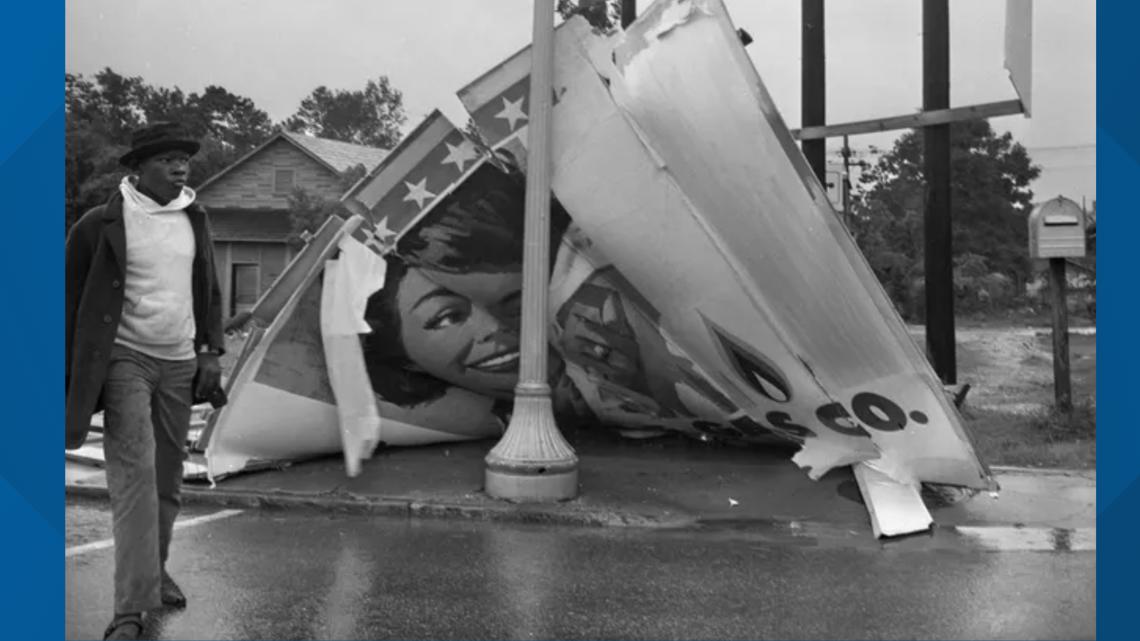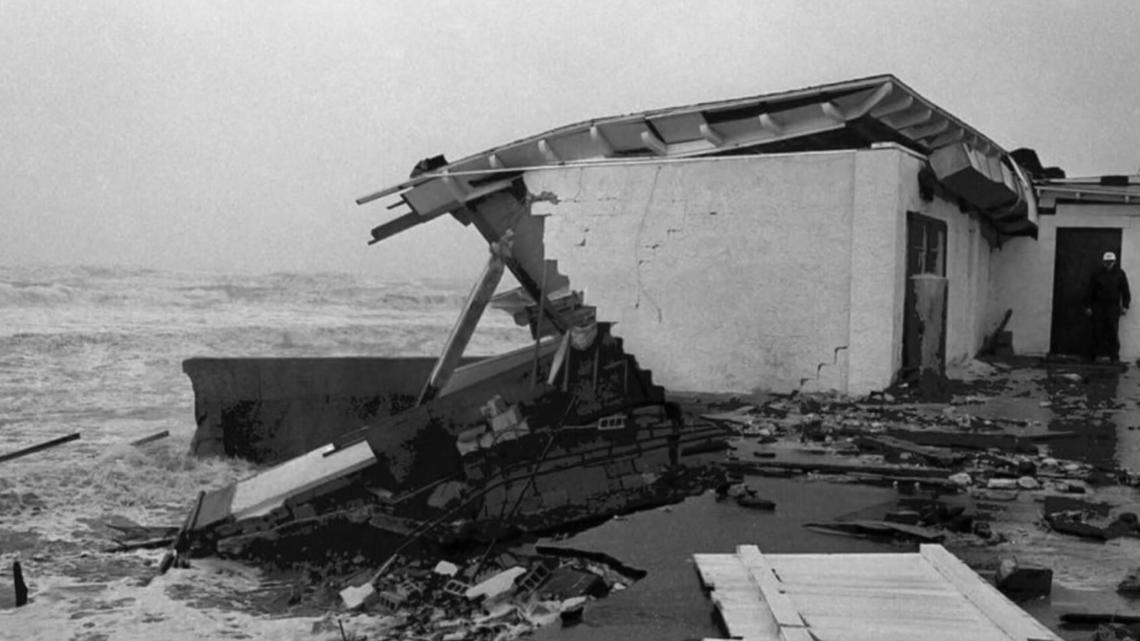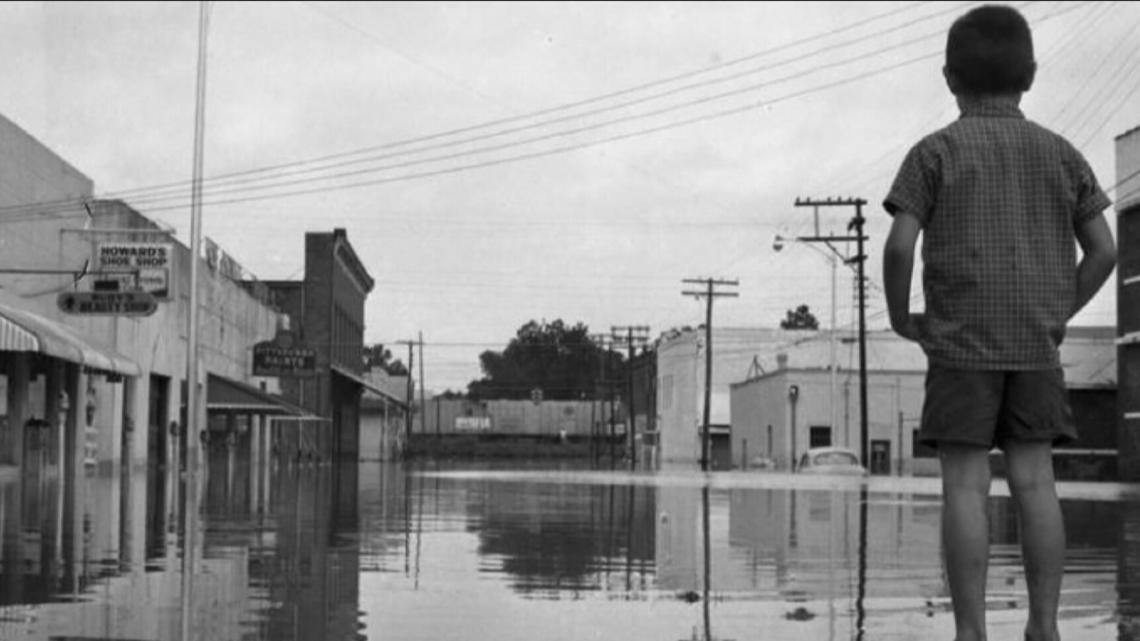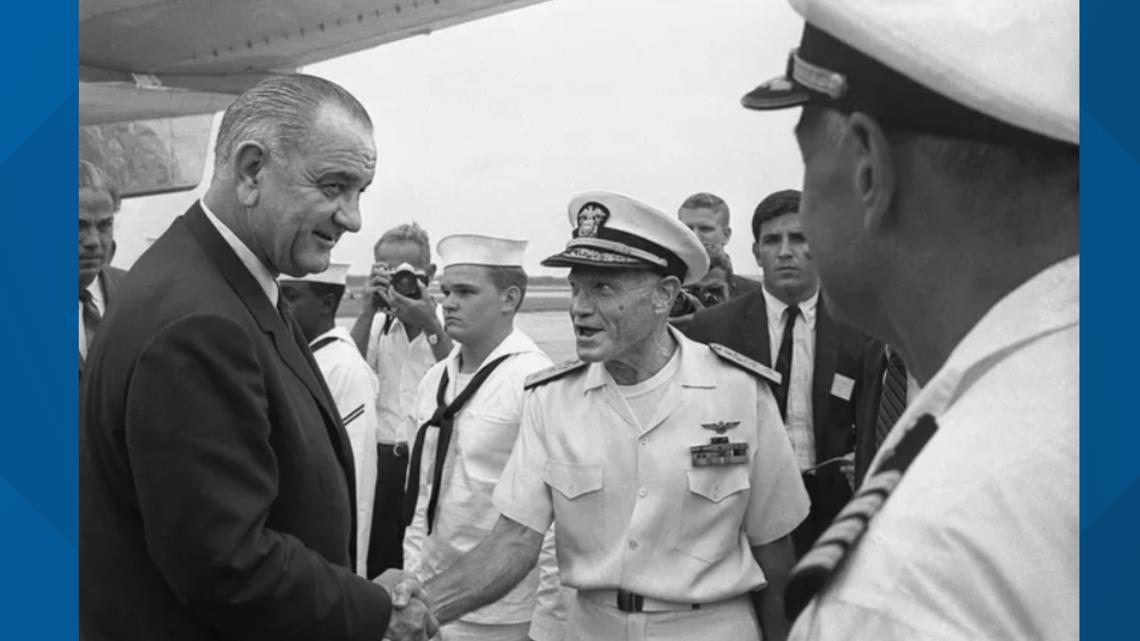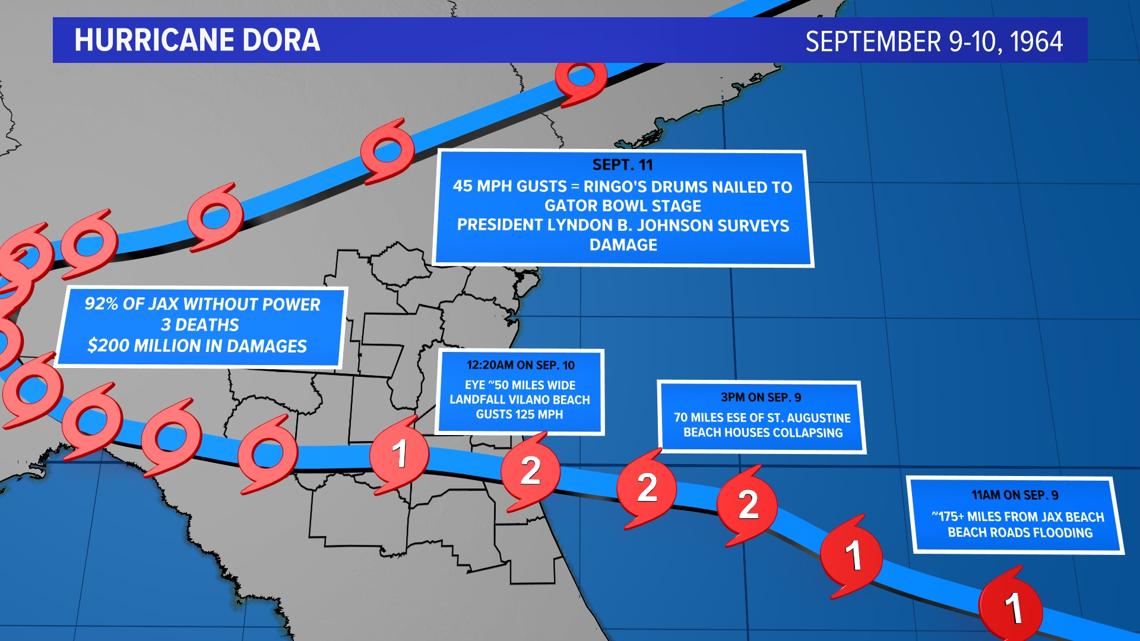JACKSONVILLE, Fla. — As Tuesday marks the peak of Atlantic hurricane season, the day is also the 60th anniversary of Hurricane Dora ravaging the First Coast of Florida.
First Coast News, On Your Side gives you a look back at the hurricane that made history.
According to the National Oceanic and Atmospheric Administration (NOAA), Dora was the first hurricane to impact Northeast Florida in at least 79 years. It began as a low-pressure area that passed through the Cape Verde islands on Aug. 28, 1964, eventually making landfall in Jacksonville just after midnight on Sept. 10, 1964, as a category two storm.
As Dora approached the north Florida coast, its movement slowed, according to NOAA.
Despite not making landfall until the 10th, the storm surge from Dora was felt along the coast a day prior, as beachfront homes started collapsing into the ocean around 3 p.m. on the 9th, all while the hurricane was 70 miles east of St. Augustine.
NOAA said tides peaked at 12 feet at Anastasia Island.
At approximately 12:20 a.m. on the 10th, Dora made landfall; its eyewall stretched 50 miles wide and 125 miles per hour wind gusts were recorded.
The heaviest rain from Dora came on the 11th and 12th, as the storm doubled back to the east.
Dora caused about $280 million in damage, which is equivalent to around $2.8 billion today, and 92% of Jacksonville went without power at one point, although outages lasted for six days. Three people also were killed in the storm.
On Sept. 11, 1964, President Lydon B. Johnson surveyed the region for damage. On the same date, legendary rock band The Beatles performed at the old Gator Bowl Stadium (now known as EverBank Stadium) in Downtown Jacksonville.
Below are several pictures obtained from First Coast News' news partner, the Florida Times-Union, taken during Hurricane Dora to show the impacts the storm had on the Jacksonville area.

